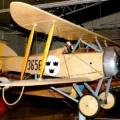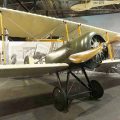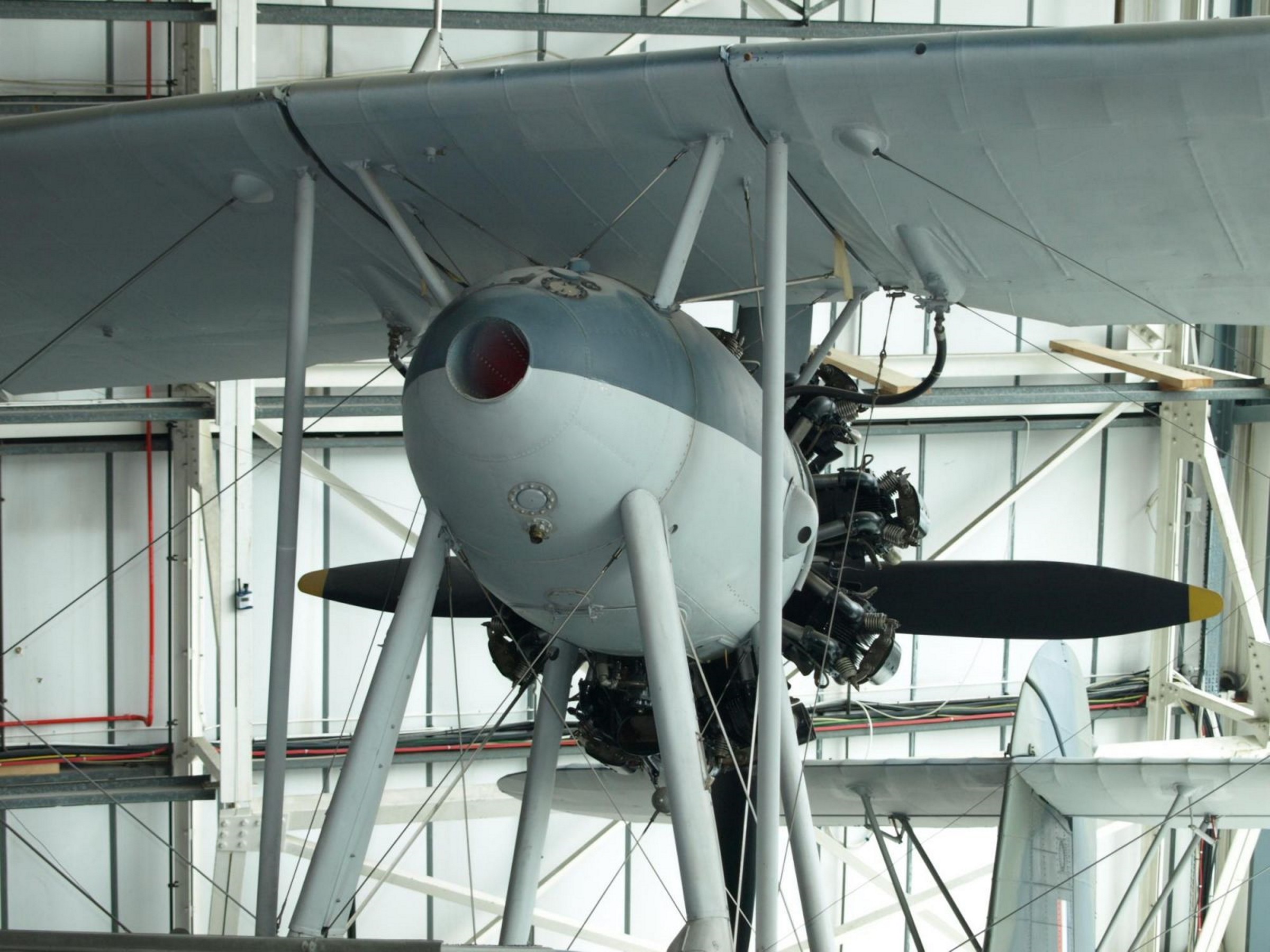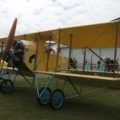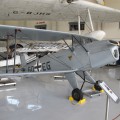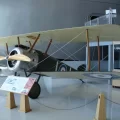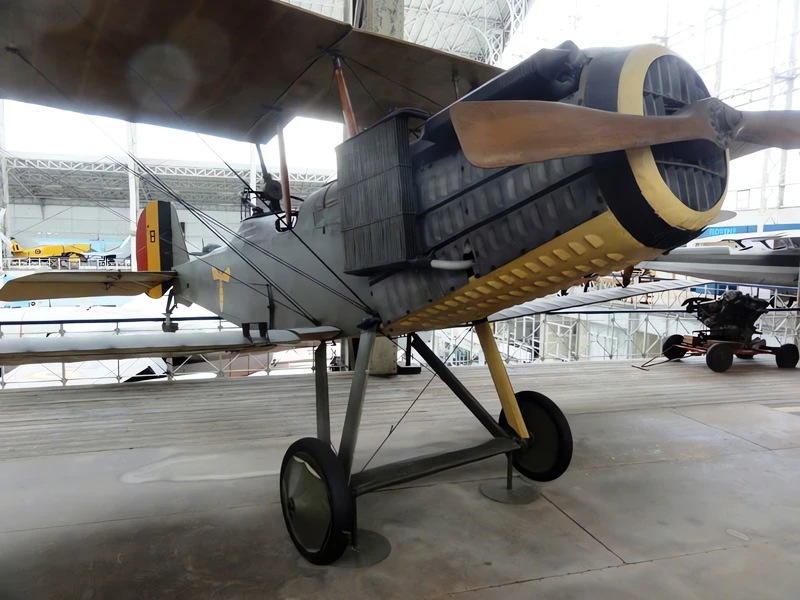
Royal Aircraft Factory R.E.8 | |
|---|---|
| Pays | Royaume-uni |
| Rôle | Reconnaissance, bombardier |
| Premier vol | 17 juin 1916 |
| Construit | 4077 |
Lla Royal Aircraft Factory R.E.8 was a British two-seat biplane reconnaissance and bomber aircraft of the First World War designed and produced at the Royal Aircraft Factory. It was also built under contract by Austin Motors, Daimler, Standard Motors, Siddeley-Deasy and the Coventry Ordnance Works. Intended as a replacement for the vulnerable B.E.2, the R.E.8 was widely regarded as more difficult to fly and gained a reputation in the Royal Flying Corps for being « dangereux » cela n’a jamais été complètement dissipé. Bien qu’il ait finalement rendu un service raisonnablement satisfaisant, il n’a jamais été un avion de combat exceptionnel. Néanmoins, il est resté l’avion de reconnaissance et d’observation d’artillerie britannique standard de la mi-1917 à la fin de la guerre, servant aux côtés du plus populaire Armstrong Whitworth F.K.8.
| Royal aircraft factory R.E.8 Walk Around | |
|---|---|
| Photographe | Meindert de Vreeze |
| Localisation | Inconnu |
| Photos | 28 |
Voir aussi :
texte Le Royal Aircraft Factory R.E.8 was a British two-seat biplane reconnaissance and bomber aircraft of the First World War. It was designed and produced at the Royal Aircraft Factory, and also built under contract by several other manufacturers. The R.E.8 was intended to replace the outdated and vulnerable B.E.2, and to provide a more capable and versatile aircraft for observation, photography, artillery spotting and bombing missions. The R.E.8 had a more powerful engine, a better armament, a sturdier structure and a more spacious cockpit than the B.E.2. It also had a distinctive large vertical fin and rudder that gave it a distinctive appearance.
The R.E.8 first flew in June 1916, and entered service in early 1917. It was initially unpopular with the pilots, who found it difficult to handle and prone to spinning. However, after some modifications and training, the R.E.8 proved to be a reliable and effective aircraft that could perform a variety of roles. It was widely used by the RFC and RAF on the Western Front, as well as in other theatres such as Italy, Palestine and Mesopotamia. It was also operated by the Australian Flying Corps and the Belgian Aviation Militaire. By the end of the war, more than 4,000 R.E.8s had been produced, making it one of the most numerous British aircraft of the war.
The R.E.8 was quickly retired after the war, as it was considered obsolete by then. It was replaced by more modern aircraft such as the Bristol F.2 Fighter and the de Havilland D.H.9. The R.E.8 was an important aircraft in the development of aerial reconnaissance and bombing, and contributed to the Allied victory in the First World War.
Views : 598





